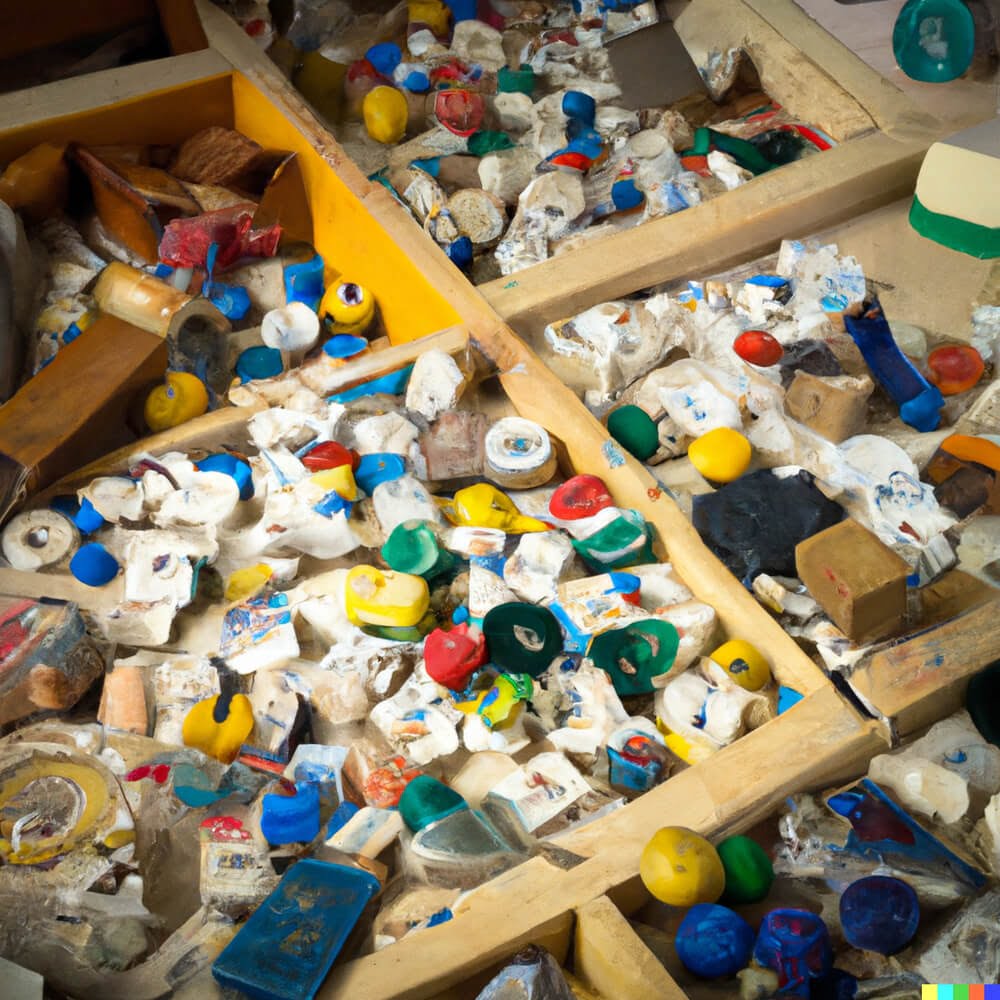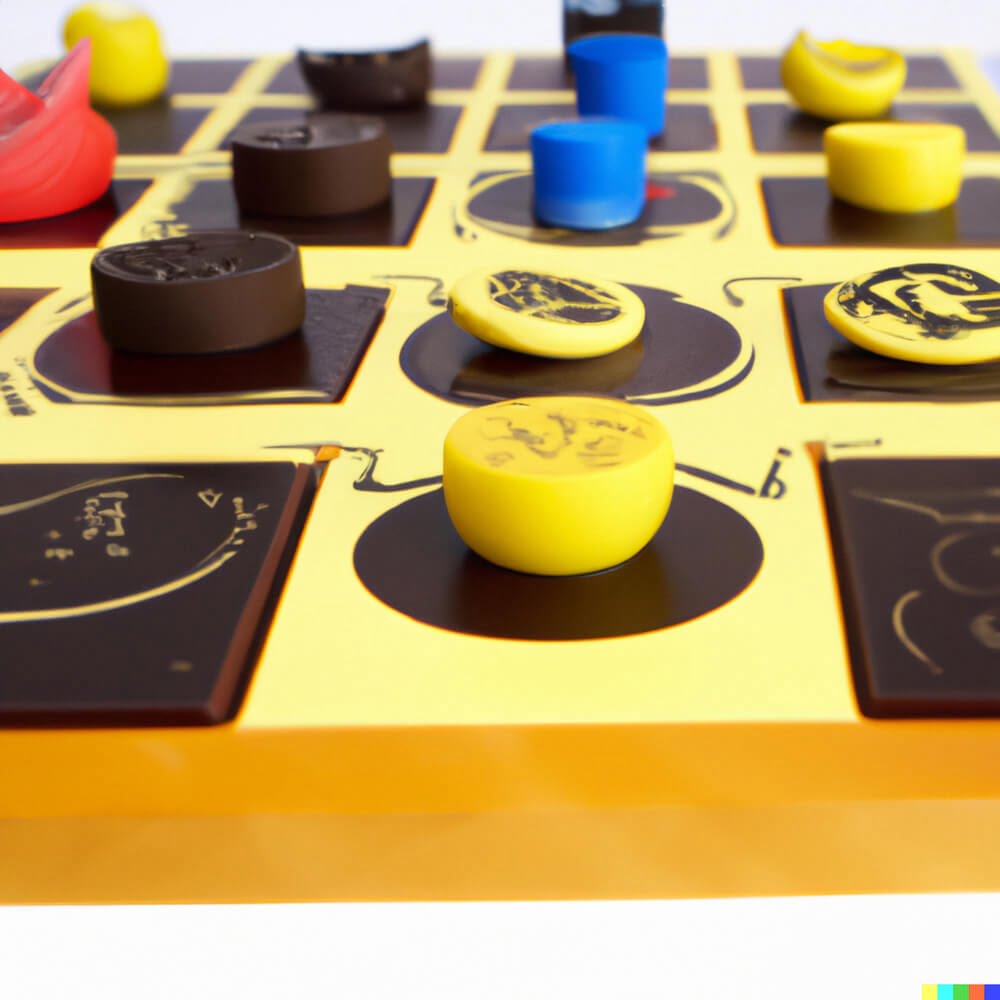Introduction
Board Games Piece DIY is becoming increasingly popular due to the ease of use and variety of materials available. With this type of project, you can easily create game pieces out of almost anything. From cardboard pieces cut into simple shapes and decorated with colors, markers, or stickers to clay or wood figures hand-crafted in any size and shape you desire, the options are practically endless. Do-it-yourselfers can get as creative as they want when crafting their own unique game pieces. The thoughtfulness put into the creations makes them stand out among store bought supplies and allows for a truly personalized experience each time you play your game. Additionally, board games pieces DIY projects are often much cheaper than buying ready made pieces from stores. With these reasons combined, it’s no wonder that Board Games Piece DIY has become such a popular activity among crafters everywhere!
Parts and Tools Required
Different materials and tools are used to create board game pieces. The materials and tools chosen depend on the desired look of the piece, as well as other factors such as durability and cost.
Plaster is a great choice for creating pieces with a professional finish due to its hard surface. It is also easy to paint, allowing for intricate design details. However, this material can be expensive and difficult to sculpt accurately, making labor-intensive. Plastic tends to be inexpensive but can lack detail potential since it often cannot be painted or primed easily. Wood is a popular choice due to its versatility and ease of use in crafting pieces, although it can potentially swell or warp if not sealed properly.
Tools such as 3D printers are becoming increasingly popular for creating board game pieces because of their potential to produce precise shapes with high fidelity. 3D printers are not cheap though, making them prohibitively expensive for many do-it-yourselfers. There are more traditional methods such as cutting machines that allow users to quickly create basic shapes from plastics or other materials at home; however they lack precision and make it difficult to create intricate designs. Lastly, hand-crafting board game components is still possible but requires an expert hand and patience because of the inherent limitations on accuracy.
Overview of Crafting Process
Step 1: Create a template of the pieces you want to make – You can use a piece of paper and draw out the design or use software like Adobe Illustrator. If you are creating a game piece that will be used in an existing board game, look up images online to get an idea of what the piece should look like.
Step 2: Get supplies – Gather up all the materials you need for your project, such as cardboard, craft foam, hot glue, markers, etc.
Step 3: Cut out the pieces – Use scissors or an X-Acto knife to cut out the template from the cardboard and transfer them onto craft foam.
Step 4: Add detail – Using markers or hot glue, begin adding details to your pieces. This step is important because it adds personality and character to your creations.
Step 5: Paint and finish (optional) – If desired, add paint or other finishes to your pieces before gluing them together. Be sure to follow any instructions provided by your paint manufacturer for proper application techniques.
Step 6: Assemble and play! – Now that all of your pieces have been crafted, it’s time to assemble them! Follow any included instructions from your board game now if needed and then enjoy playing with your own homemade game pieces!
Tips and Tricks
Finishing Techniques:
1) Paint – This is the simplest and most common technique for DIY board game pieces; you can use any kind of water- or oil-based paint for wooden pieces or acrylic paint for plastic pieces. You can also try blending together multiple colors to get interesting effects, or use contrasting colors to help make the pieces more identifiable on the gameboard.
2) Stain and Shellac – For a more professional finish, you can apply multiple layers of stain or shellac to create a glossy appearance. This type of finish works especially well on wooden pieces, as it brings out the natural grain and color of the material. Allow each coat of stain/shellac to dry before adding a second, third (etc.) coat.
3) Gold/Silver Leafing ” Make your game pieces truly unique by using gold/silver leafing; simply dab adhesive on the surface, then press down thin sheets of gold/silver foil onto it. Once it is applied correctly, seal and protect with a final layer of clear sealer.
Display Advice:
Game pieces should ideally be stored in an organized way that makes them easy to find and transport while playing the game. Peruse craft stores or home&garden shops for nifty ideas; try display boxes, lidded containers, trays with sections”they all hold plenty of guide spaces and are perfect for sorting multiple players’ pieces when necessary! Also consider reusing parts from other shelves or storage furniture such as drawers; just customize it according to your needs with decorative paper, paint or stencils for a personal touch!
Ideas for Board Game Piece Designs
1. Create shapes out of fabric- Use a variety of fabric prints to create unique pieces for a game. Cut out different shapes and sew them together, like small creatures or geometric pieces to add interest to the design.
2. Paint wooden pieces- Using plain wooden cubes or discs, you can paint each piece in vibrant colors or create themes with specific designs on each individual piece.
3. Make marbled effects- Try dropping or sprinkling paint onto the surface of water, then using a brush swirl the paint around until it forms interesting new shapes before picking up the item and placing it on paper to dry- perfect for creating board game pieces!
4. Embellish existing figures – Give everyday objects such as rocks, coins, keys and buttons a customized touch by hot gluing them to colorful card stock and painting patterns over the top. This works especially well if you are making replicas of existing characters in real life games.
5. Cutout paper mache figures – Take old newspaper clippings and layer over cardboard cutouts to create lightweight papier mache figures that make great board game pieces! You can also use markers or paints to decorate these figures further make them more unique or detailed if desired.
Conclusion
Creating board game pieces out of upcycled materials can be a fun and creative way to enjoy board games. It involves taking items that would otherwise be thrown away, such as plastic containers, old cardboard, or random objects from the home, and transforming them into one-of-a-kind pieces for use in your favorite board game. It’s also a great project for teaching kids about recycling and being resourceful with materials. If you’re looking for a challenge, or simply some interesting ideas to explore new possibilities with board games, why not try to make some DIY pieces? Make sure to take pictures of your creations and share them with us on our website. We can’t wait to see what you come up with!
Not only is making DIY board game pieces a rewarding activity in itself but it can also give people something to talk about when they get together whether it’s over zoom or in person. Making these board game pieces will help create memorable moments that you can look back on in years to come. Reach out to use if you have any questions while creating these pieces or even after they are finished. Also, invite other readers to join the discussion around their own projects so that everyone can learn from each other and find new and exciting ways of upcycling old board game pieces into something new and exciting.

I love playing all kinds of games – from classics like Monopoly to modern favourites like Ticket to Ride.
I created this blog as a way to share my love of board games with others, and provide information on the latest releases and news in the industry.





